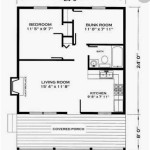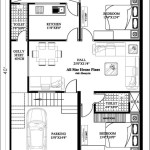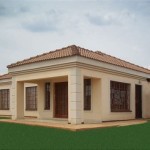Essential Aspects of Swimming Pool Changing Room Design Plan Dwg
Designing a functional and comfortable swimming pool changing room is crucial for ensuring the satisfaction and safety of swimmers. To create an optimal changing room, it's essential to consider various aspects that contribute to its overall design and functionality. Here's a comprehensive guide to the essential elements of a well-planned swimming pool changing room design:
1. Space Planning and Flow:
The layout and flow of the changing room should be well-planned to ensure efficient movement and avoid congestion. It's important to allocate sufficient space for each area, including changing cubicles, showers, lockers, benches, and circulation paths. A clear and organized layout will enhance user experience and minimize potential safety hazards.
2. Functionality and Accessibility:
The changing room should be designed to meet the needs of all users, including swimmers with disabilities. Accessible features, such as ramps, wide doorways, and grab bars, should be incorporated to provide equitable access. Proper lighting, ventilation, and temperature control are also essential for ensuring a comfortable environment.
3. Privacy and Security:
Changing cubicles should provide adequate privacy for users while changing clothes. Consider using opaque materials or partitions to create enclosed spaces. Lockers should be well-maintained and secure to protect personal belongings. Additionally, it's important to incorporate proper lighting and sightlines to ensure a safe and secure environment.
4. Hygiene and Cleanliness:
Maintaining a clean and hygienic changing room is crucial for the health and safety of swimmers. Showers should be equipped with soap dispensers, shampoo, and body wash. Floors and surfaces should be regularly cleaned and disinfected. Adequate ventilation and exhaust systems are essential to prevent moisture buildup and odors.
5. Storage and Organization:
Lockers provide a convenient way for swimmers to store their belongings while changing. Lockers should be spacious enough to accommodate backpacks, towels, and other personal items. Consider providing additional storage options, such as shelves or baskets, for smaller items. An organized storage system will help keep the changing room tidy and clutter-free.
6. Amenities and Convenience:
Adding amenities to the changing room can enhance the user experience. Consider including benches or seating areas for swimmers to rest or socialize. Hair dryers and mirrors can provide convenience for swimmers after showering. Vending machines or water dispensers can provide refreshments and hydration.
7. Sustainability and Efficiency:
Incorporating sustainable design principles can reduce the environmental impact of the changing room. Consider using energy-efficient lighting, low-flow fixtures, and recycled materials. Proper insulation and ventilation systems can help maintain a comfortable temperature while minimizing energy consumption.
By carefully considering these essential aspects in your swimming pool changing room design, you can create a space that is functional, comfortable, and meets the needs of all users. A well-designed changing room enhances the overall swimming experience and contributes to the safety and satisfaction of swimmers.

Small Pool Changing Rooms Dwg File Cadbull

Swimming Pool Changing Room Layout Plan Dwg Detail N Design

Swimming Pool Changing Room Dwg Layout Plan N Design

Small Pool Changing Rooms Plan Details Cadbull

Changing Rooms Toilets Archweb Dwg

Changing Rooms C B Services 04 Archweb

Changing Rooms C B Services 08 Archweb

Swimming Pool Dressing Room With Showers Dwg Block For Autocad Designs Cad

Container Conversions Swimming Pool Changing Rooms 20ft X 32ft Cs37548 Case Studies Toilet Blocks Containers Direct

Pin Page








